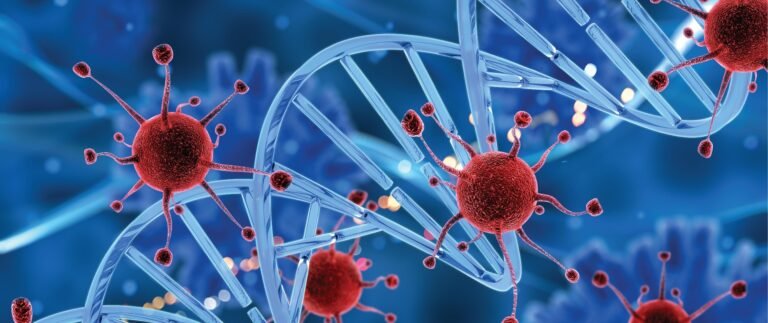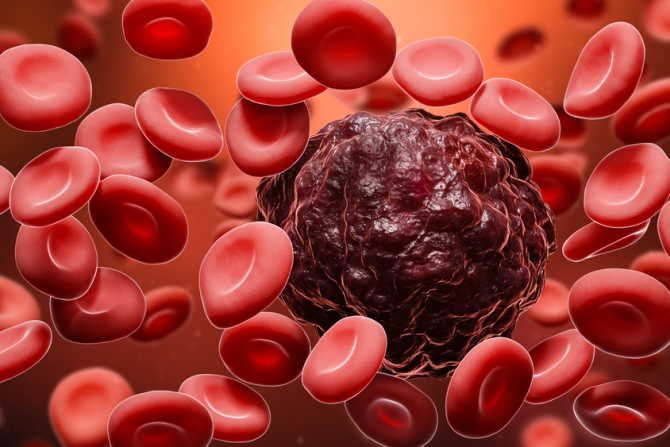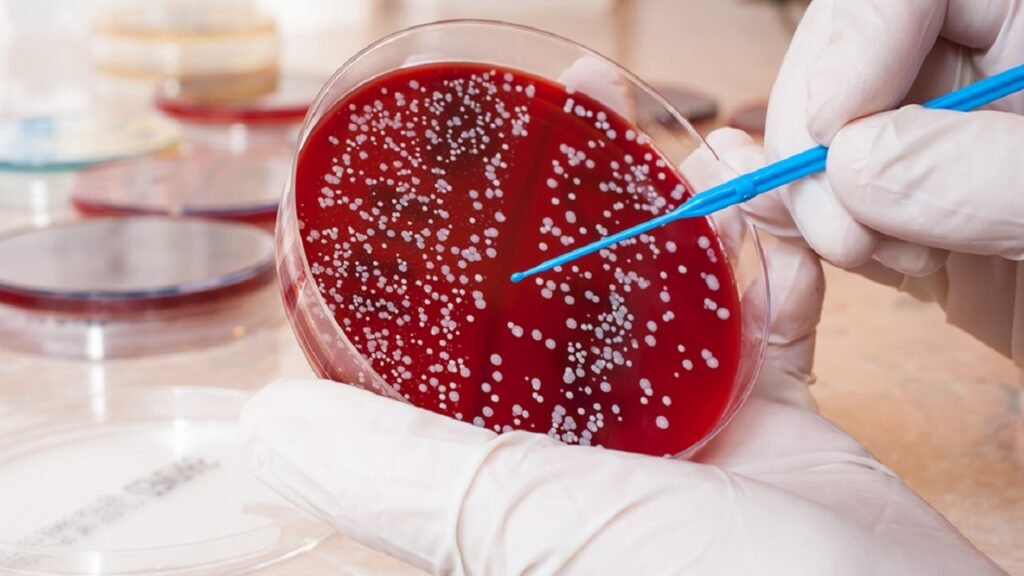Overview
In April 2012, a seven-year-old girl named Emily Whitehead became the face of a medical revolution. Diagnosed with treatment-resistant acute lymphoblastic leukemia and given only weeks to live, she was the first pediatric patient to receive an experimental form of gene therapy: CAR T-cell therapy. The treatment reprogrammed her immune cells to recognize and destroy her cancer—and it worked. She went into remission and became a symbol of hope in the fight against blood cancer.

The CAR T-cell Bottleneck
As miraculous as CAR T-cell therapy is, it’s still largely bespoke. Each patient’s T cells must be extracted, genetically reprogrammed, and reinfused—a highly personalized, time-consuming, and costly process. On average, patients wait six months to begin treatment, a window during which 25% may not survive.
For innovators and investors in biotech, this delay is not just a medical concern—it’s a logistical and business failure waiting to be solved. The holy grail is clear: develop a universal, off-the-shelf cell therapy that’s ready to go, for anyone, at any time.
Fast forward twelve years. Emily just completed her freshman year at the University of Pennsylvania, not far from the hospital that saved her life. Meanwhile, CAR T-cell therapy has grown from a risky one-off experiment into a class of six FDA-approved treatments. But with this success has come a new challenge: scaling and optimizing this life-saving approach for broader use.
Enter Base Editing and Shielded Stem Cells
A growing field of research is now aiming to leapfrog the limitations of first-generation CAR T-cell therapies. The latest developments involve a next-gen gene editing technique known as base editing, a more precise and less error-prone variant of the CRISPR-Cas9 tool.
In a recent Nature study, researchers at the University of Basel demonstrated how base editing could be used to engineer shielded stem cells. By targeting a protein marker called CD45—present on all blood cells—they used an antibody-drug conjugate (ADC) to wipe out diseased blood cells. But here’s the twist: they simultaneously transplanted donor stem cells that had been edited so the ADC couldn’t recognize them. The result? A brand-new blood system, invisible to the therapy but fully functional.


Innovation Meets Commercial Viability
What’s fascinating here is not just the science—it’s the strategic shift toward scalability. The Basel team’s approach, commercialized through a spin-off called Cimeio Therapeutics, could offer treatments that are both personalized and ready-to-use. ADCs are inherently off-the-shelf, and the genetic modification of donor stem cells reportedly takes just a few days—far shorter than the manufacturing timelines for traditional CAR T-cell therapies.
Rachel Haurwitz, CEO of Caribou Biosciences, agrees that we are approaching an inflection point in cell therapy. While she cautions that extensive safety and efficacy testing is still required—especially when editing stem cells—she acknowledges the promise: “Developing a CAR T-cell therapy that can treat any blood cancer would be incredible, but only impactful if patients can receive that therapy.”
The Road to a Universal Cure
This is where business and science converge. The innovation is happening. But can we build the systems, partnerships, and supply chains to deliver these advanced therapies at scale? Can we move from bespoke cures in elite hospitals to accessible treatments available globally?
Emily Whitehead’s survival was once a miracle. In the next decade, it could become the standard.
If biotech can engineer a universal cure for blood cancers, can the business of healthcare rise to the occasion—and deliver it to everyone who needs it, on time?




